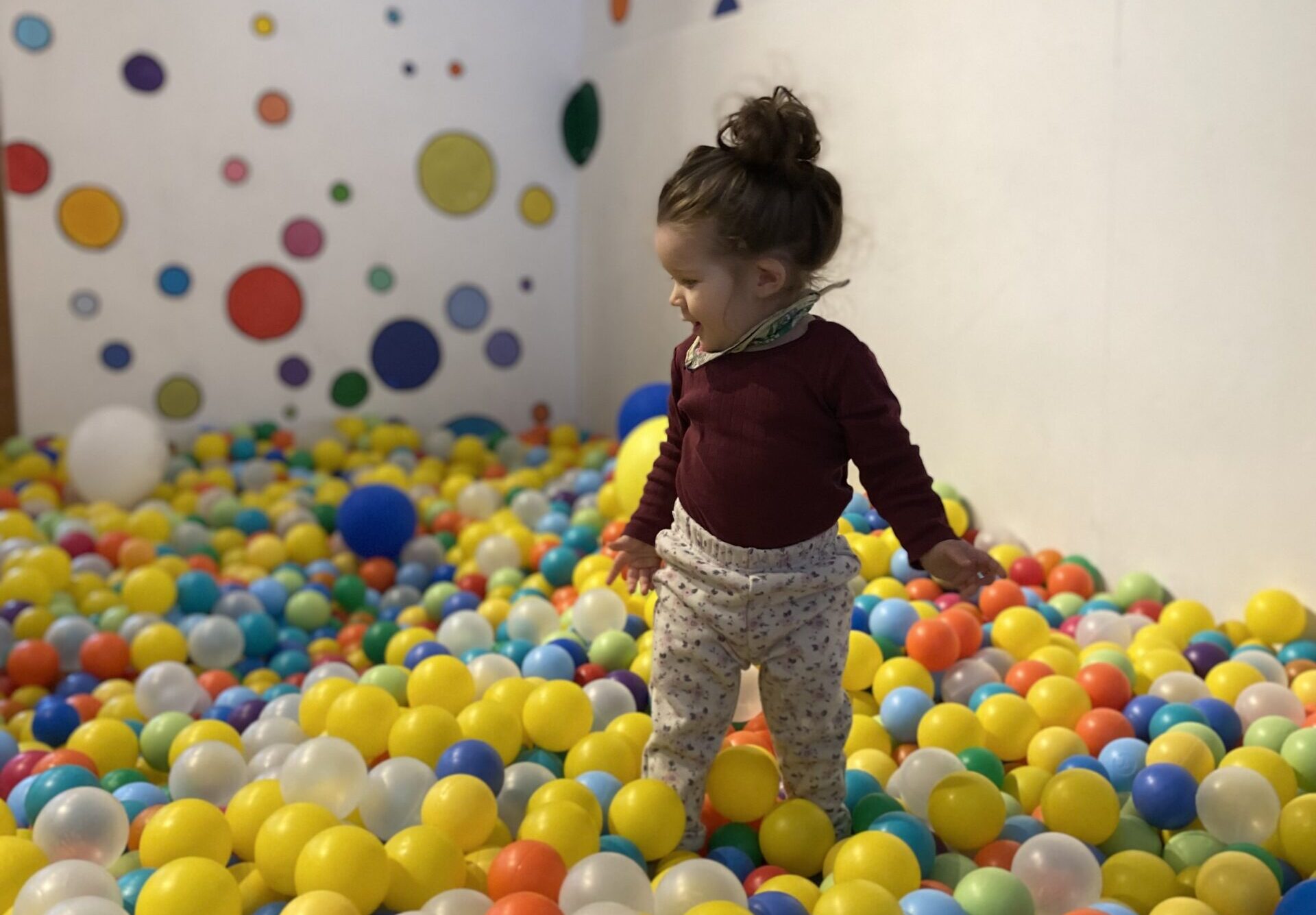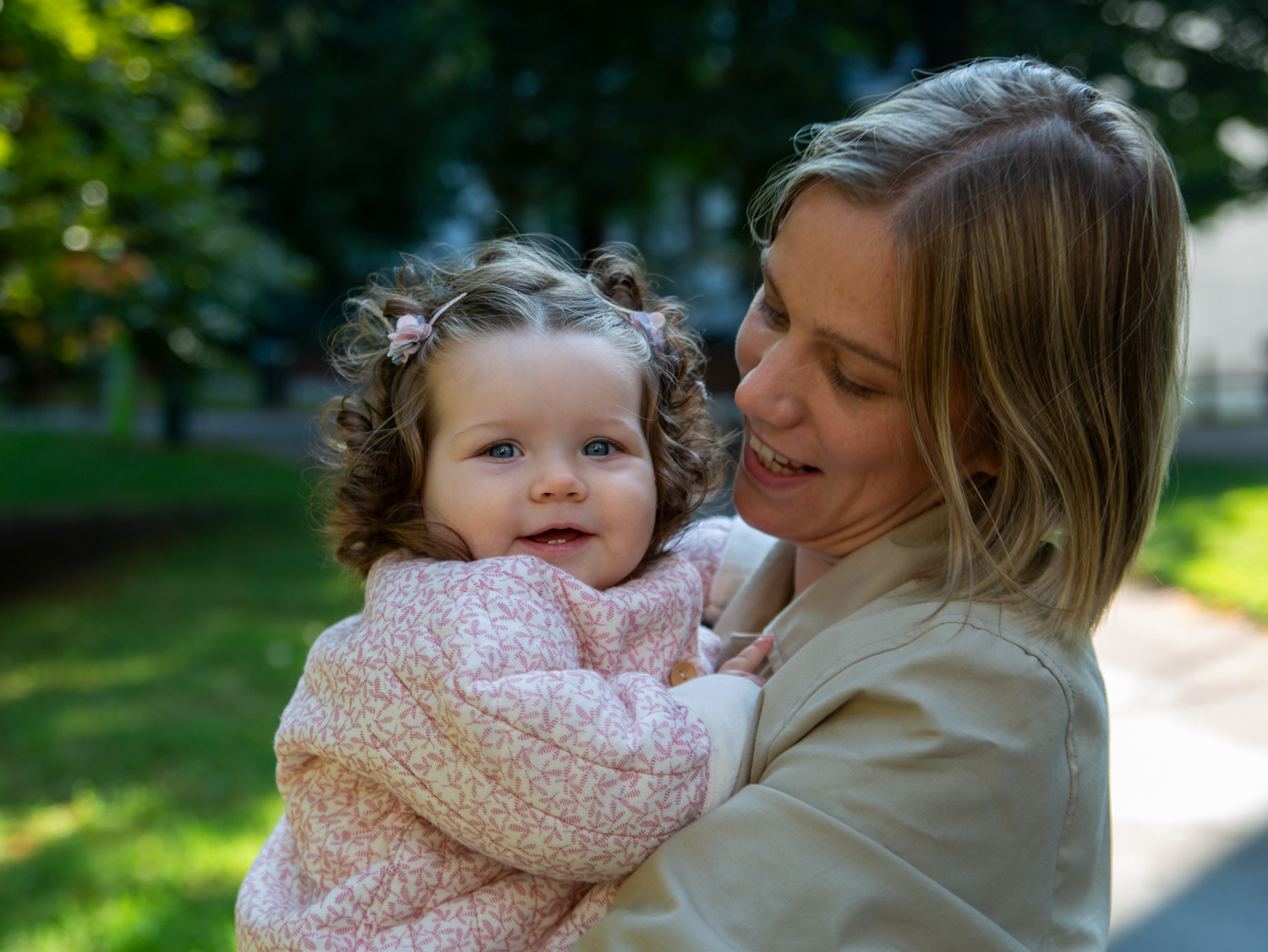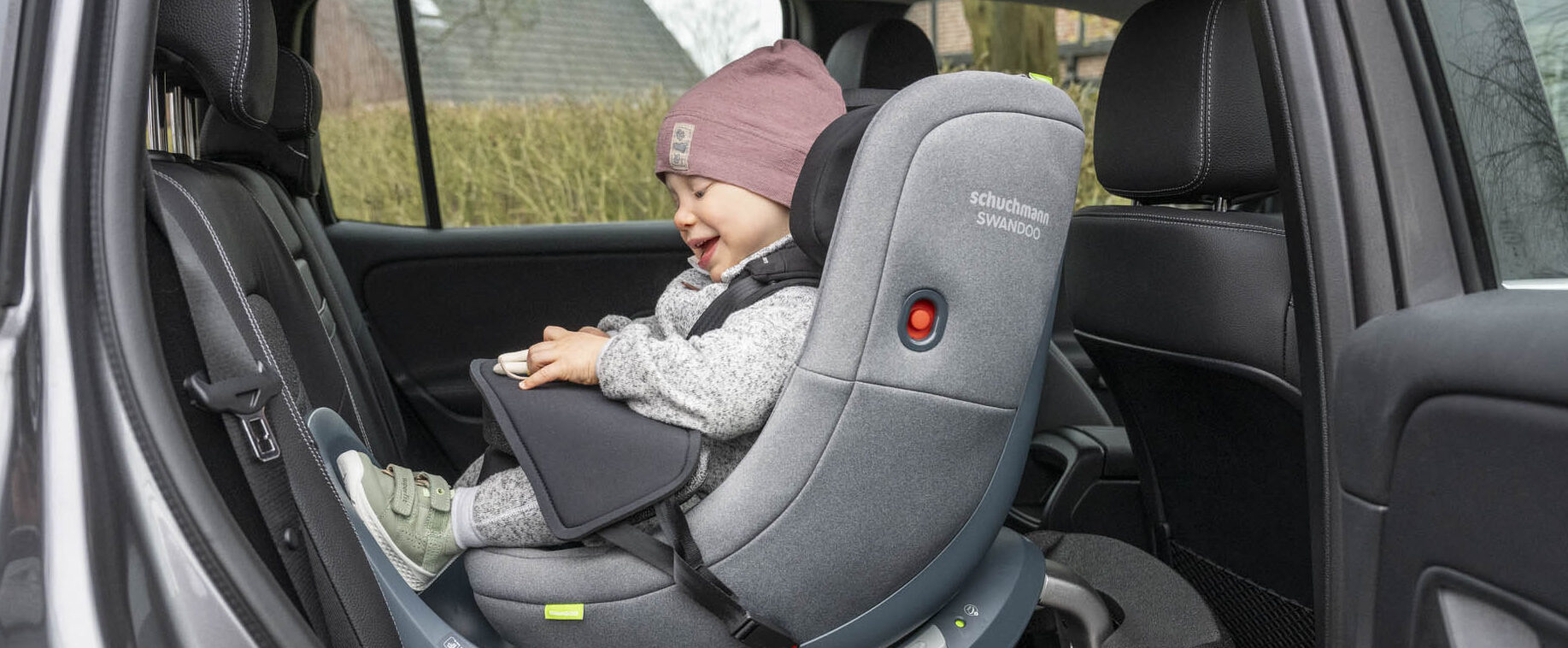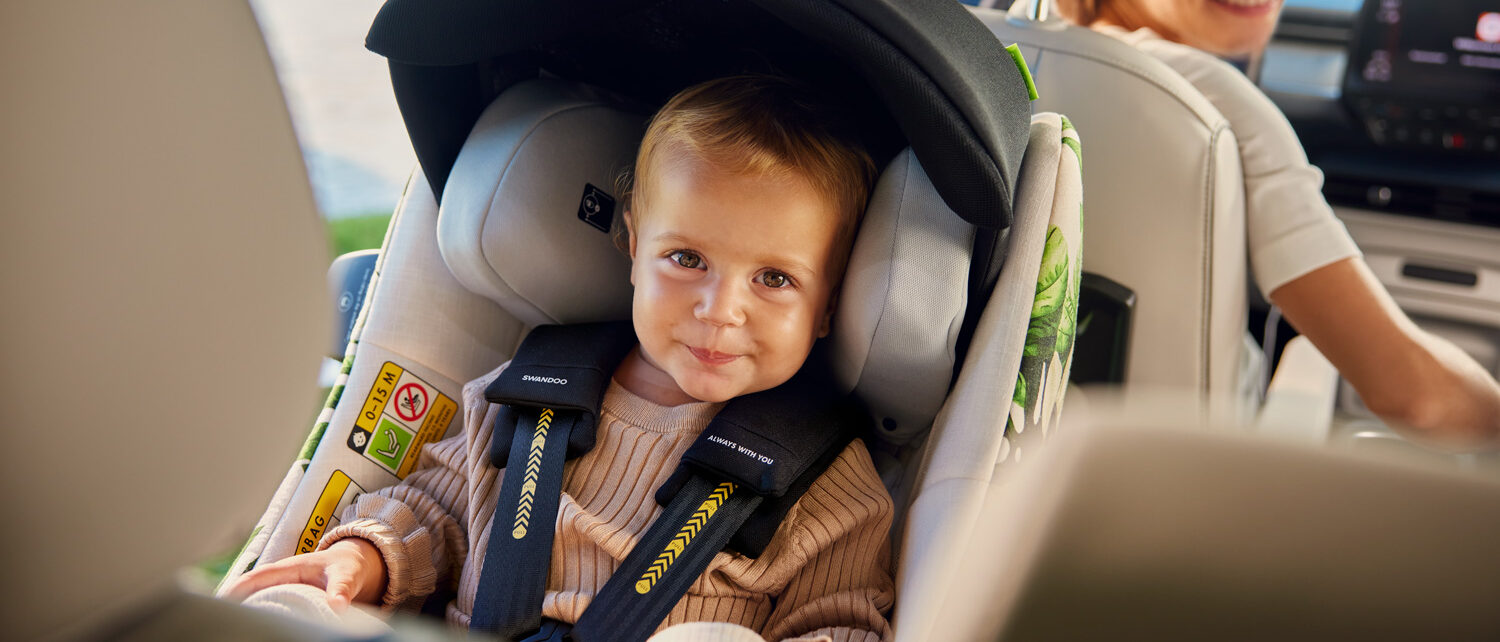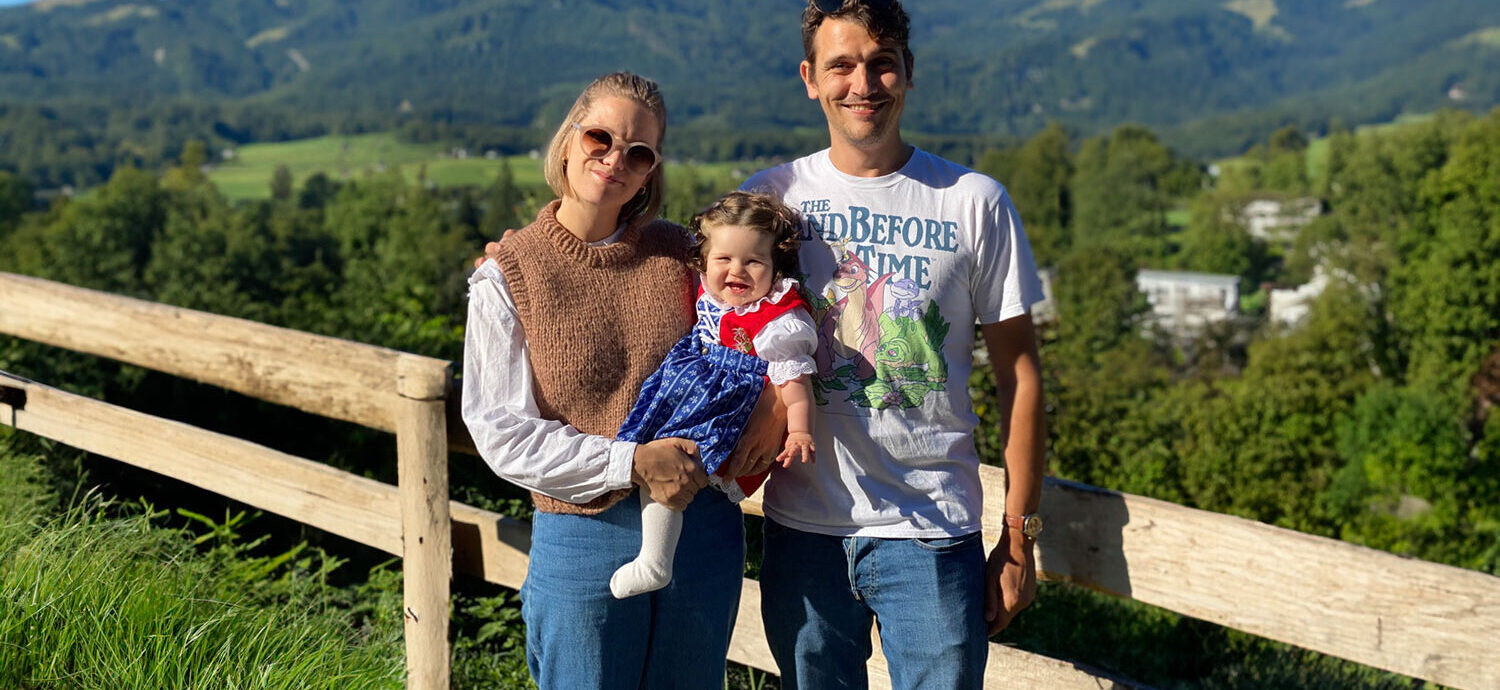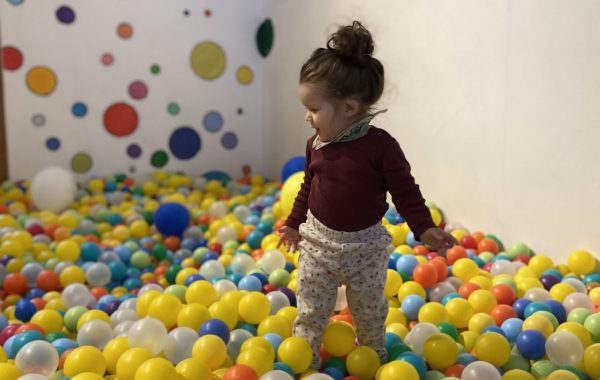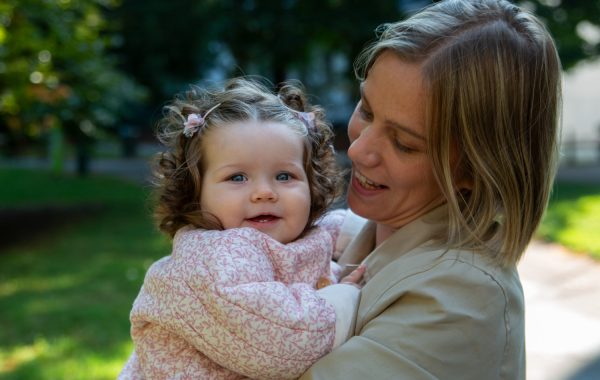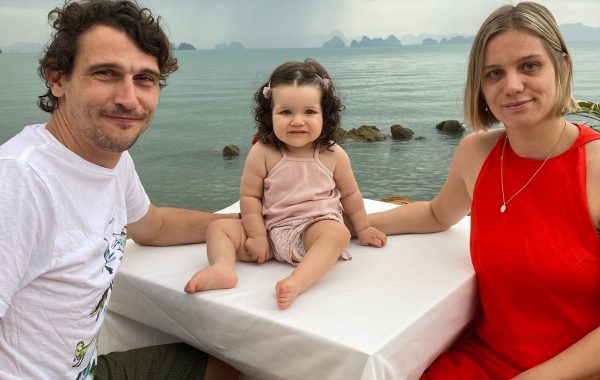Swandoo Lab Report: Our 360° Rotating i-Size Child Seat Marie’s performance in a rollover accident
As much as we wish they didn’t, accidents happen.
To ensure your most vulnerable passengers are protected as best as possible on the road, children need to travel in high-quality safety seats.
As drivers and passengers, our safety on the road is paramount. Whilst it’s undeniable that crash test results and official certifications are important indicators of the safety performance of a seat, there can be no guarantees against unpredictable outcomes in real-life scenarios. Therefore, we must make sure that there are always lessons to be learnt when faced with such an event.
Thanks to our Product Replacement Program, any seat involved in an accident is replaced, and the damaged product is shipped to our R&D lab in Vienna for a thorough examination by our design and engineering team. This detailed examination helps us identify areas for potential optimisation.
If you are a safety nerd, like us, and would like to learn more about the effects a recent rollover accident had on Marie, here’s a little insight into what happens in our lab with our safety experts.
What we know.
In May 2022, a family of three suffered a rollover accident on a German country road. Unfortunately, both parents were injured to varying degrees, but thankfully, the one-year-old passenger who was seated in a Marie 3 seat (in a rear-facing position) didn’t suffer a scratch!
Based on a detailed accident report and images of the car, the vehicle rolled over multi times at a speed of about 80 Km/h. Despite there being no impact at the front or back, the sides of the vehicle were severely damaged. Whilst the force of the first impact in a rollover accident is much lower than in a front impact, the danger for passengers comes from hitting internal structures, moving objects, shattered glass, and any loose objects inside the vehicle.
How was Marie affected, and what did we learn from it?
The seat was sent to our office in Vienna, where it was examined by our Senior Engineer & Child Safety Expert – Florian Königswenger. By analysing the seat, Florian, a.k.a Dexter, reconstructs what happened in the accident. Let’s take a look at his findings.
General Functionality
The first that is examined is the functionality of the seat. Despite the severe impact, Marie continued to function without any restrictions. The seat’s rotation, adjustment of the headrest, recline function, and indicators on the base were still intact. Also, the harness and harness buckle didn’t show any signs of damage
Side Impact Protection
Deformation marks were found on the Side Impact Buddy (SIB) – Marie’s additional side impact protection – indicated force from the side and interaction with the vehicle. This means that it was attached correctly, fulfilled its function and absorbed some of the energy. This highlights the importance of the SIB and it’s a good reminder to always double-check for correct installation and to consider the performance of seats in a side impact when considering which seat to purchase.
Load Leg
The foot of the load leg showed severe scratching which is common in a rollover accident. Such scratches cannot occur in frontal or side impacts but are most likely the result of the seat rotating up and down over the ISOFIX axis in the rollover. Besides these deformations, the load leg was unchanged, fully functioning and stable.
Foreign objects
One of the first things that stood out when examining the seat were the traces of grass, and glass, inside the seat. Whilst they didn’t harm the child, we are now testing if attaching a sun canopy would provide further protection from such elements and other flying objects. Aside from the car seat, please also be careful of leaving too many foreign objects in the car as that can pose a risk in such an accident.
The Seat
The outer shell of the seat showed several deformation marks. Made from polypropylene plastic, these white marks occur when energy is absorbed during impacts. Overall there was no loss in functionality or breakage of the shell.
Similarly, visible dents on the EPP (foam on the inside of the seat) are a clear sign of force during a rollover accident. In contrast to other materials such as the common EPS (Expanded Polystyrene), EPP (Expanded Polypropylene) doesn’t break when exposed to punctual application of force. So even when random objects hit it during the accident, it absorbs the energy, and may deform, but preserves the structure.
What can you learn from this story?
The first thing, as this accident shows, is that it is always worth investing in a high-quality car seat that has been tested and certified. This means premium materials, attentive design, and tested to the highest standards. A good car seat will protect your child in even in the most serious of accidents.
Secondly, when taking a journey, keep clutter at bay! Make sure those toys, bottles and books stay safe in their respective homes. A car full of loose items could lead to more distractions than you bargained for on the road, as well as causing issues if an accident occurs – so take extra precautions when travelling with kids.
Thanks for reading! Let us know what you think via our social media channels or email.
Found this article insightful? Check out our other blog posts täällä..
